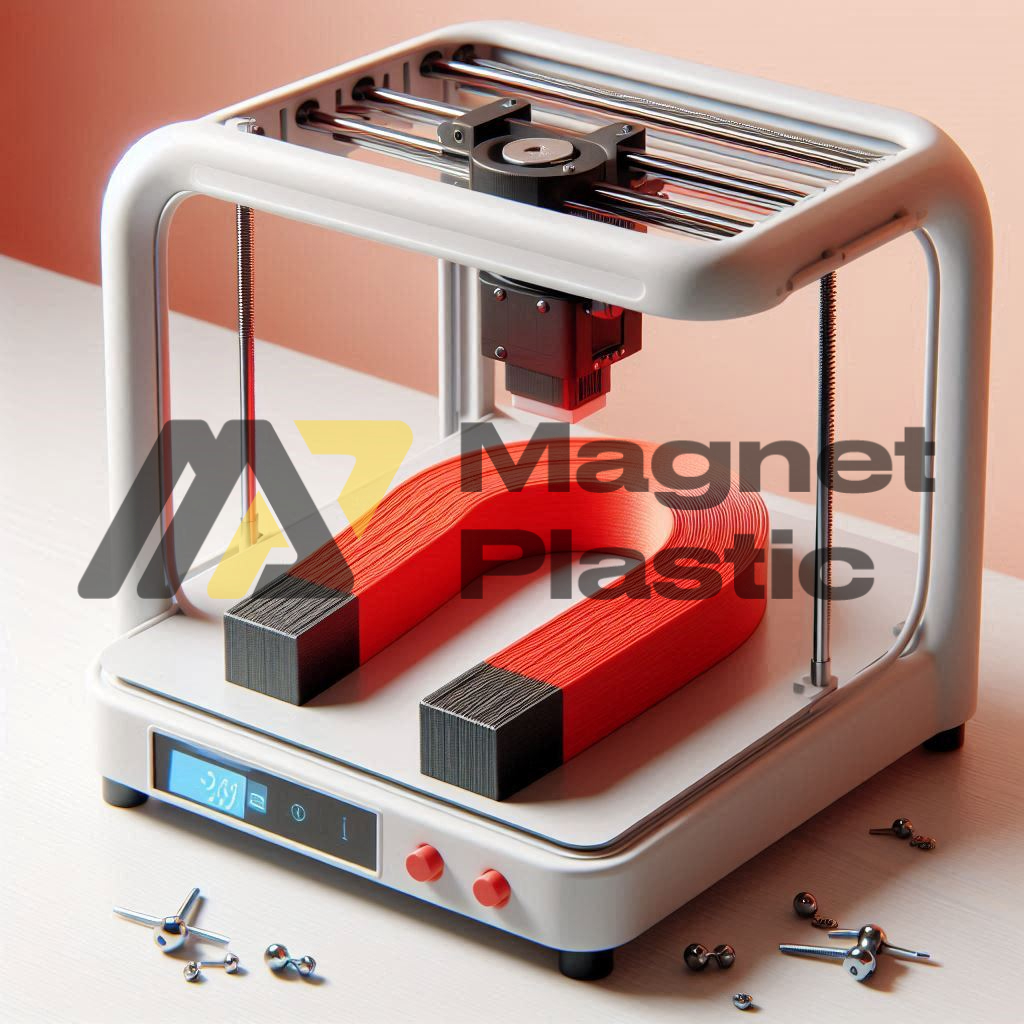Magnets and 3D Printing
3D printing has revolutionized the way we design and manufacture products, offering unprecedented flexibility in creating complex objects. Combining this technology with magnets opens up new opportunities and innovative applications in various fields. From advanced manufacturing to medicine, integrating magnets into 3D printing is shaping the future of manufacturing technology.
The Synergy between Magnets and 3D Printing
3D printing allows the creation of complex and customized shapes that would be difficult or impossible to manufacture using traditional methods. By introducing magnets into this process, objects with specific and precise magnetic properties can be produced. This is especially useful for creating custom magnetic devices, sensors, and electronic components.
Magnets can be directly integrated into objects during the printing process, eliminating the need to assemble magnetic parts later. This not only saves time but also improves the precision and durability of the final products. Additionally, 3D printing allows the use of magnets with complex geometries that maximize their efficiency and functionality.
Applications in Industry and Technology
One of the most promising applications of combining magnets and 3D printing is in the manufacturing of electric motors and generators. Motors with 3D-printed magnets can have optimized magnetic configurations that increase their efficiency and reduce energy losses. This is particularly relevant in the automotive industry and renewable energy production, where energy efficiency is crucial.
Another field that greatly benefits from this technology is medical devices. Implants and prostheses can be manufactured with integrated magnets, allowing for better fixation and functionality. For example, dental prostheses can be created with magnets that facilitate their placement and adjustment. Similarly, magnets in 3D printing can be used to manufacture customized surgical tools that improve the precision and safety of medical procedures.
Innovations in Electronics and Sensors
Electronics is another field where the combination of magnets and 3D printing is making waves. 3D-printed magnetic sensors can be designed for specific applications, such as motion detection or measuring magnetic fields. These sensors can be incorporated into wearable devices, industrial automation systems, and environmental monitoring equipment.
Furthermore, 3D printing enables the creation of electronic circuits with integrated magnetic components. This paves the way for manufacturing more compact and efficient electronic devices, where magnetic components play a crucial role in their operation. For example, speakers and microphones with 3D-printed magnets can be created to offer better sound quality and durability.
Challenges and Future Perspectives
Despite the enormous advantages and possibilities, integrating magnets into 3D printing also presents challenges. One of the main obstacles is the development of materials that combine magnetic properties with good printability. Additionally, advancements are needed in 3D printing technology to effectively handle magnetic materials without compromising the precision and quality of the final product.
However, research in this field is continually evolving. Over time, significant improvements in materials and printing techniques are likely to make the combination of magnets and 3D printing an even more viable and accessible option.
Conclusion
The integration of magnets into 3D printing represents an exciting frontier in manufacturing technology. From creating more efficient electric motors to manufacturing advanced medical devices, the applications are vast and varied. As technology and materials continue to evolve, this combination will likely continue to revolutionize multiple industries, offering innovative and efficient solutions for future challenges.
